Betung Kerihun is the 2nd largest national park of Kalimantan, with about 8’000km2 of protected area. It is located at the very east of West Kalimantan province, touching the border with Malaysian Sarawak to the north. The National Park is explored mostly by longboat.
There are different access points to the park, the most common being Matalo near Lanjak, Potan near Putussibau and Tanjung Lokang near the border with East Kalimantan, at the foot of the Mueller mountains.
I have spent 4 days in the park in March 2018, starting from the village of Sadap near Matalo.
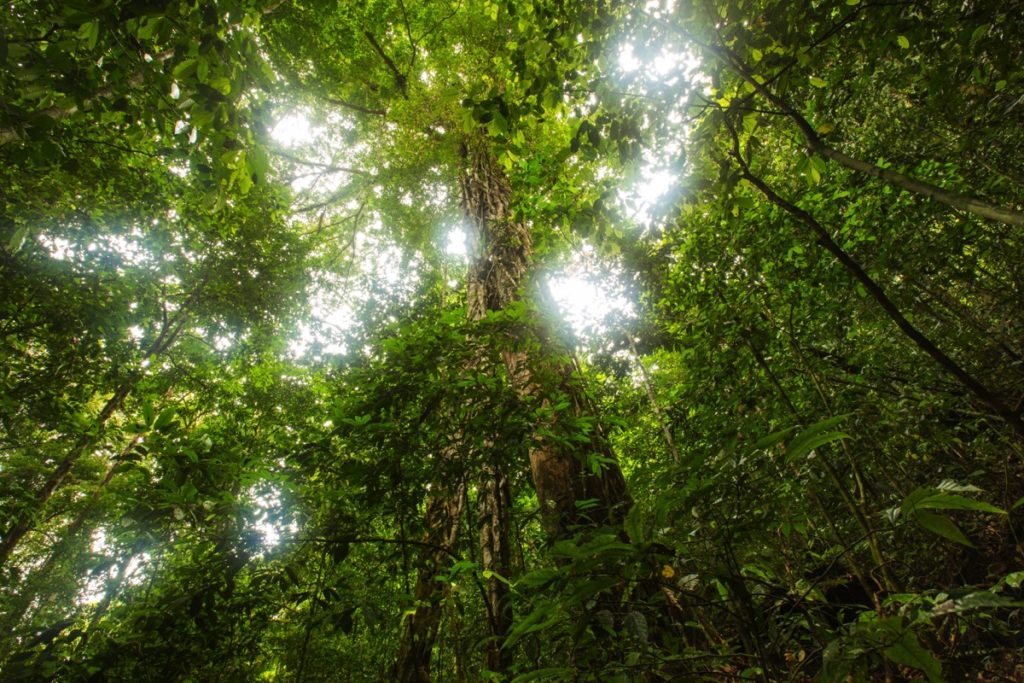
What to expect ?
Betung Kerihun is a huge park, and after in a couple of hours of longboat going upriver, you will feel deep into the nature.
The wildlife is abundant but also quite elusive, mostly because the local Dayak use the forest as a hunting ground.
Orangutans are sometimes spotted but mostly during the fruiting season (December-February). If you want to see orangutan, it is better to go to Kutai or Gunung Palung, or Gunung Leuser in Sumatra.
It is more about spending some time with the local dayak, see them shooting rapids, get food from the forest and let your mind imagine the days before the advent of motorized boats when their ancestors ventured upriver on dugout canoes.
As every national parks now in Indonesia, foreigners must pay a 150’000Rp entry ticket per day. It is supposed to increase to 225’000Rp on weekends and national holiday but the park receive so few visitors that I doubt the rule is enforced. Tickets are almost given for locals (5’000Rp a day).
The expensive part is gonna be the chartering of the longboat to go upriver. But if you share it among 2 or 3 people, it is still reasonable (the longboat can take up to 4 passengers, plus the driver and the juru batu).
Get to Sadap and charter a longboat
I started from Putussibau. I took the morning bus to Lanjak and asked to get dropped in Matalo on the way (65’000Rp, maybe 1h30).
From the main road, walk 100m towards Matalo and you will find a national park office on your right. Explain your plan to the staff and they will probably offer to take you to Sadap by motorbike (they did it for me at least).
In Sadap you have a rather modern Dayak Iban longhouse, some individual houses, a school and another national park office. The staff from the national parks is very friendly and helpful. They are likely to be the only one speaking some English.
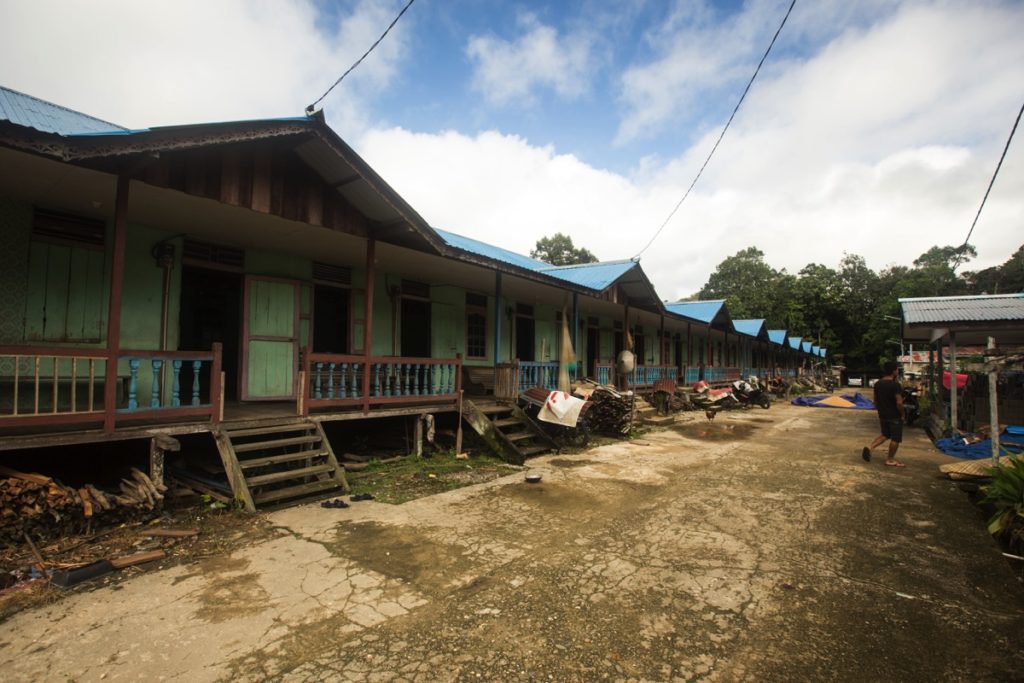
You can purchase NP tickets directly there and they will introduce you to the local villagers from which you can charter a boat to go upriver. The NP has some standard prices for chartering but in the end it’s up for the villagers to accept the price or not :
- The NP price does not include the price of the boat driver assistant (juru batu) who stands in front of the longboat and uses a long wooden pole to dodge river rocks (100’000Rp/day).
- The local Iban consider that this price is for a trip done within one day. For every additional day of stay in the park, the boat driver also wants a salary (100’000Rp/day). This is not clearly explained by the NP staff.
You can see a bad but readable photography of the prices here.
The locals prefer this calculation :
- 250’000Rp/day for the longboat
- 100’000Rp/day of salary for the motorist
- 100’000Rp/day of salary for the juru batu
- 10’000Rp/liter of gasoline (we took 80L and brought back more than 20L, I considered that as a tip in kind)
So to take an example, the price given by the NP for Camp Derian is 1’960’000Rp (before juru batu) but the Sadap guy calculation is 300’000Rp higher.
We went into some bargaining because this came up later at night, long after I discussed all the details with the NP staff and also purchased the NP tickets. We agreed I would pay half of that (150’000Rp).
Logistics supply
You can buy basic food in the small shops in Sadap longhouse (instant noodles, rice, seasoning, tea, coffee…).
There are plenty of stream to drink from, so no need to pack water.
I bought (for myself and my two companions) :
- 10kg of rice (8kg would have been enough) for 130’000Rp.
- A cardbox of instant noodles (we took enough so that we could feed only on that for 4 days, but given the guys got a lots of food from the forest we brought back about half of it), tea, coffee, sugar, oil, biscuits, shallots, garlics, chili. Everything costed 212’000Rp. They also insisted to take 2kg of salt in case we would kill some game.
The guys who came with me catched fish for every meal and harvested wild vegetables from the forest for most of the meals. They also took a rifle to hunt but we they did not have any occasion to use it.
Make sure that you take enough sleeping pads (they have some in Sadap), we realized we had only 2 at night. The motorist kindly gave me his own and slept on the floor.
From Sadap to Camp Tekelan
We started from Sadap in the morning. The first hour you mostly pass through area converted to garden. But after about 1 hour of longboat you enter primary and untouched forest.
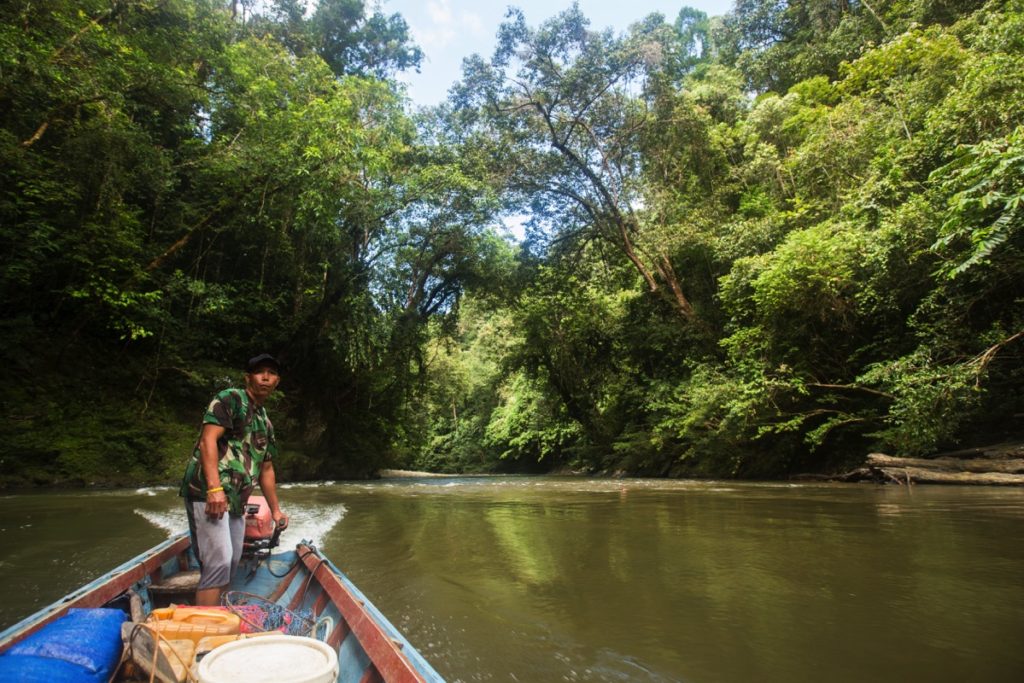
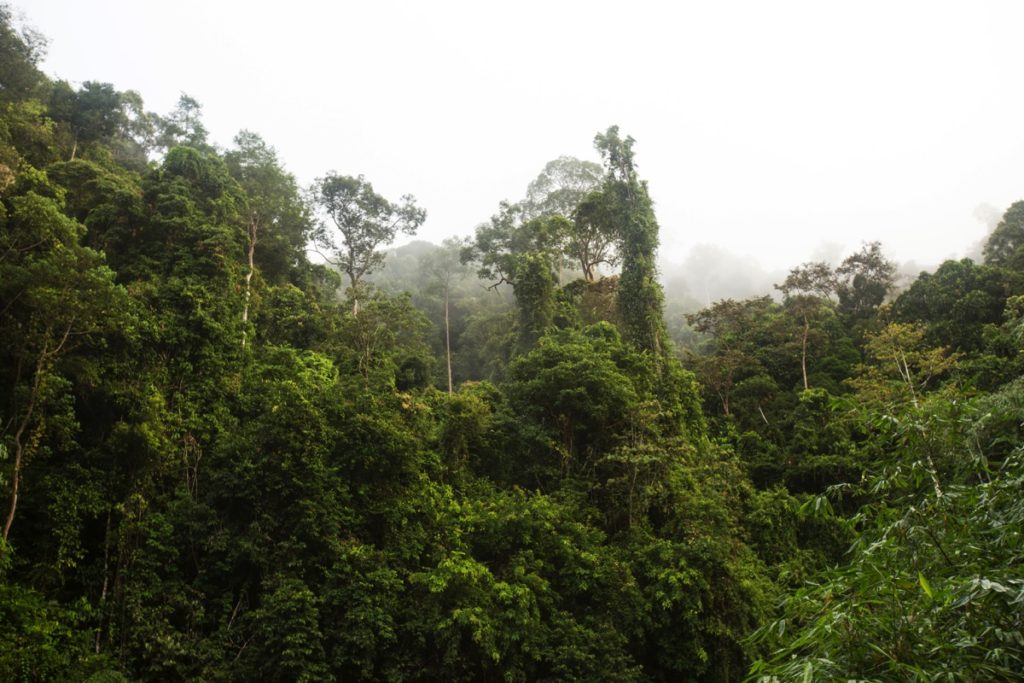
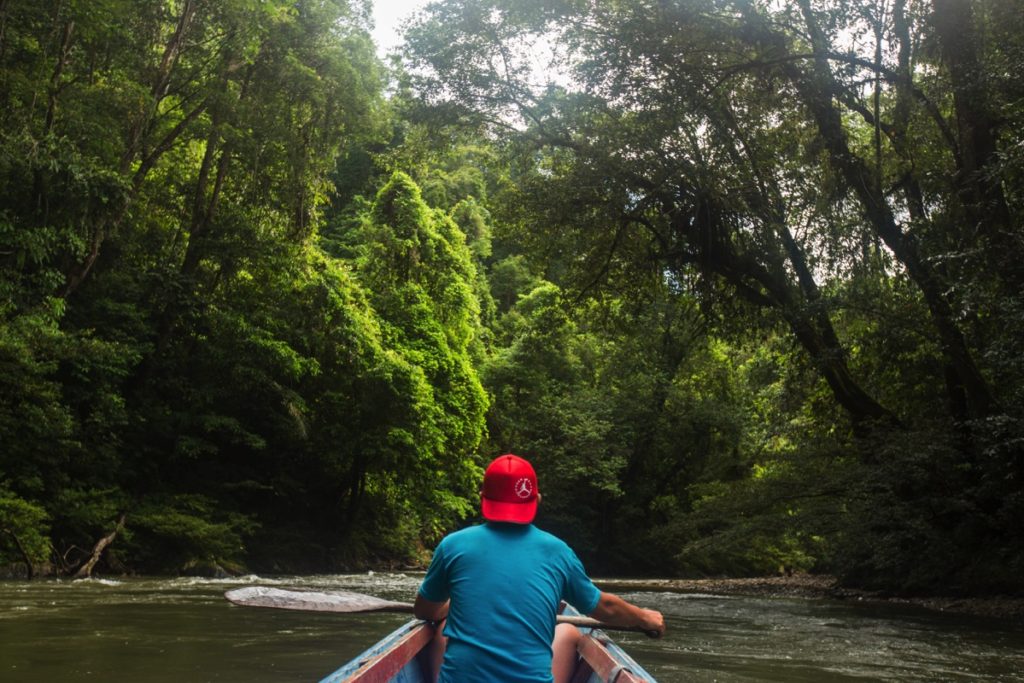
The trip to Camp Tekelan takes about 3 hours, after 2 hours or so, we left the Embaloh river for the Tekelan river. The guys showed off their skills in rapid navigation. Impressive.
Camp Tekelan have some facilities. It is located at the foot of a small hill. We heard many hornbill flying above the canopea but they are rather hard to spot. In the morning I saw a maroon leaf monkey across the river. Common macaque also dwell nearby.
Camp Tekelan is popular among fisherman from what I have understood.
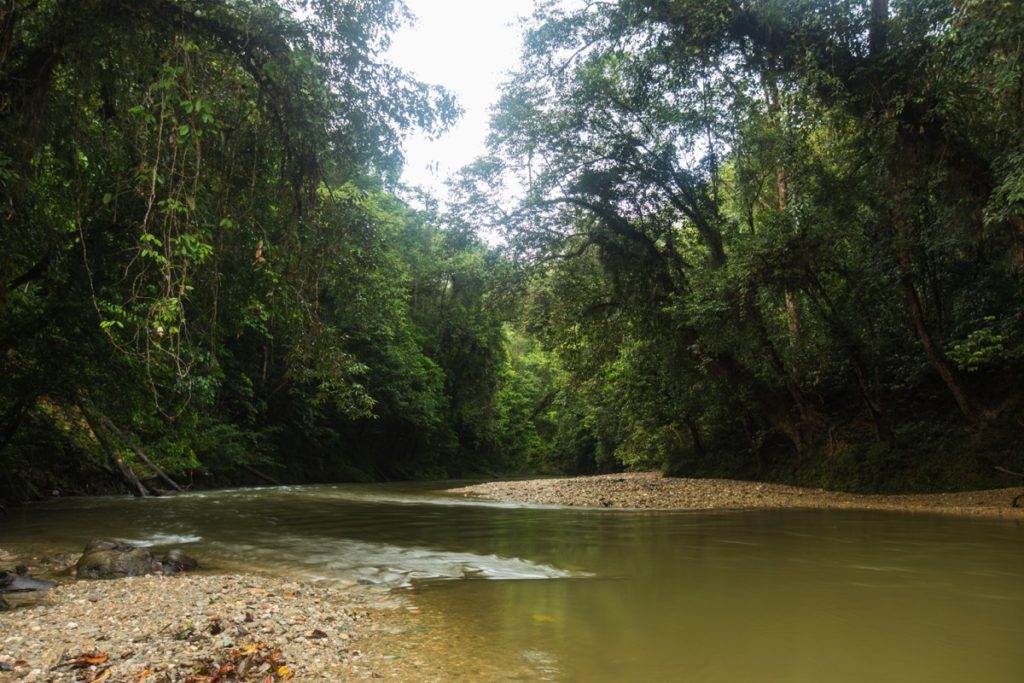
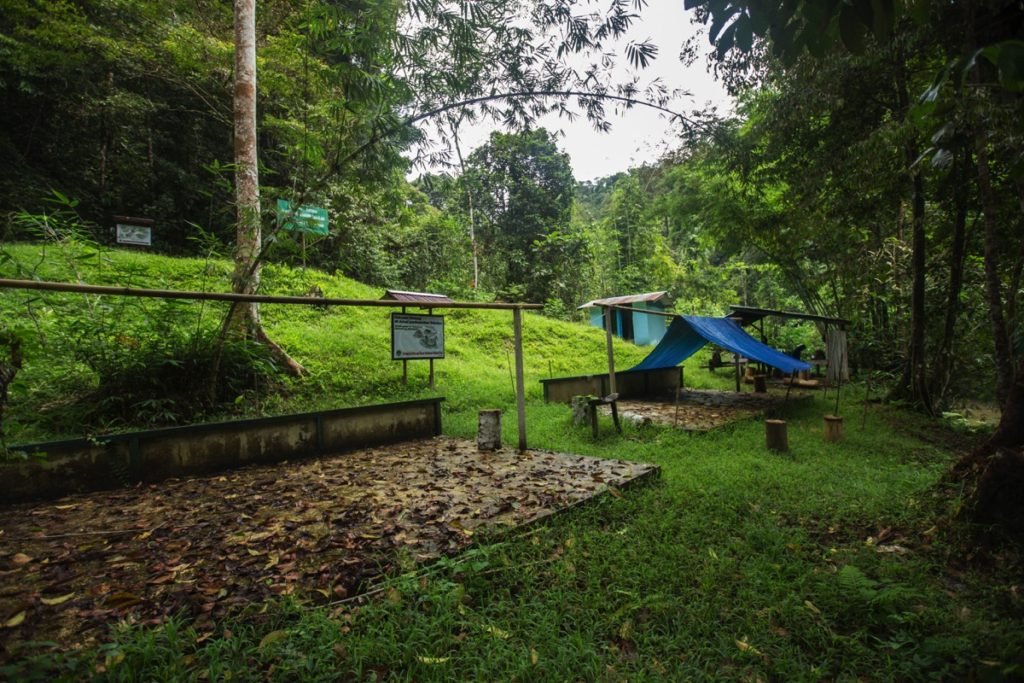
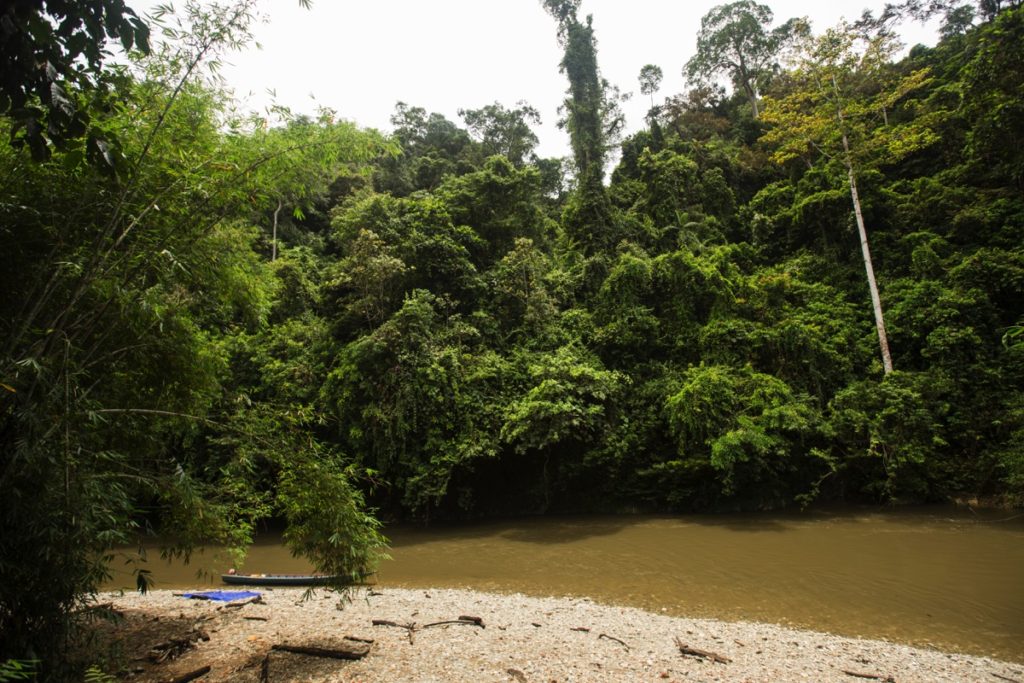
They is a short trail going up the hill behind the camp. The NP has set up some signs explaining the tree species. The trail looks promising and goes through great forest but it peters out once you reach the top of the hill. It doesn’t seem to be strolled regularly.
If this place is definetely not the best for wildlife sightings, the scenery is good, absolute calm and you will find many bizarre insects if you pay attention to it.
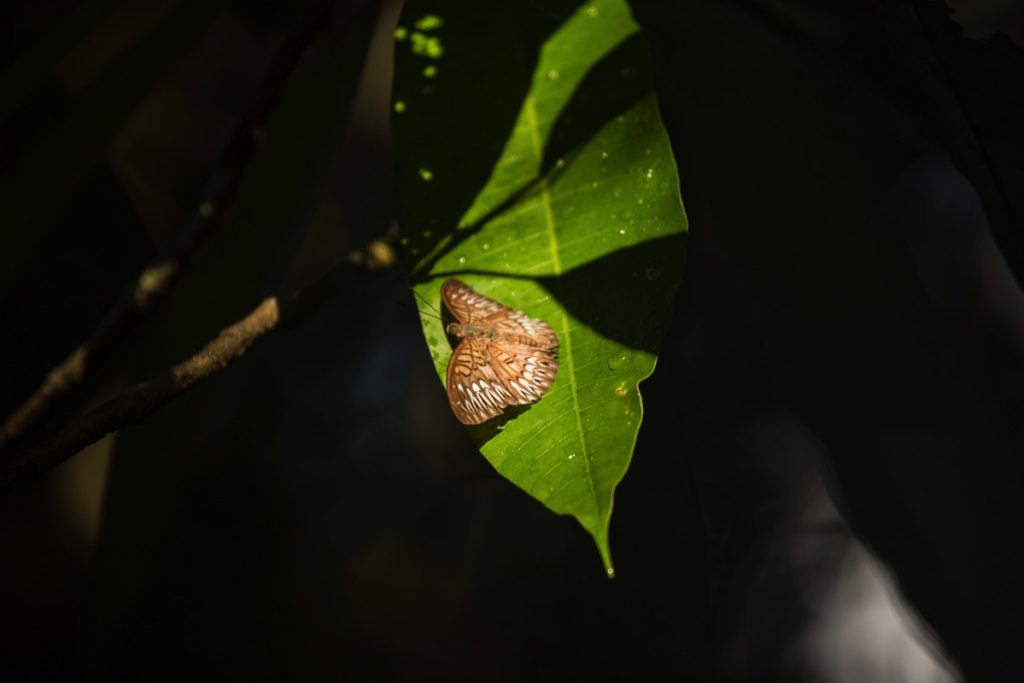
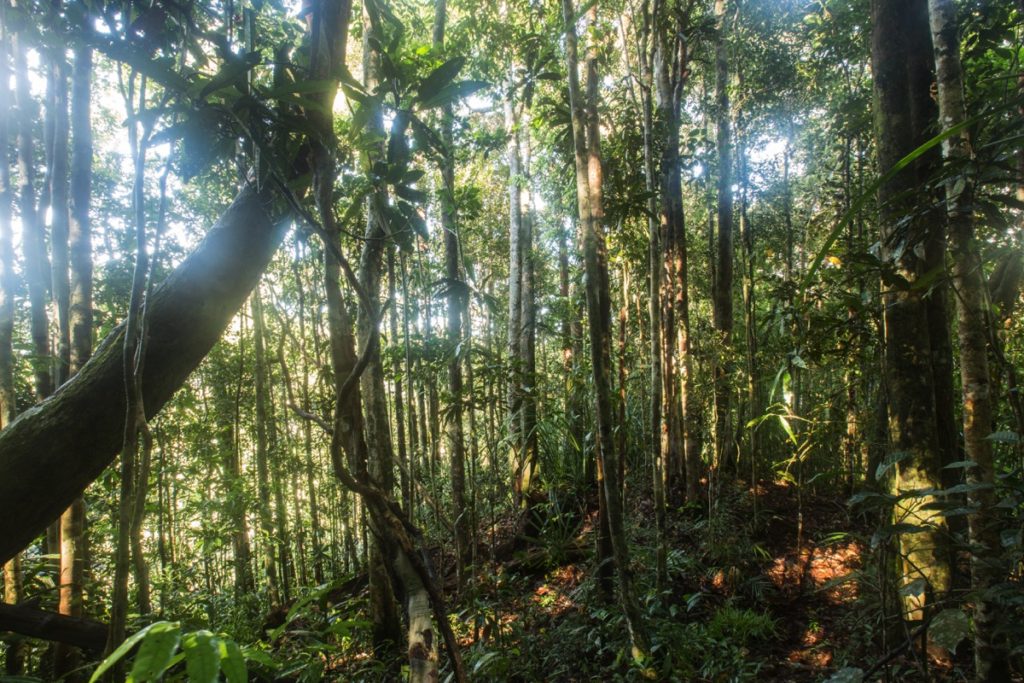
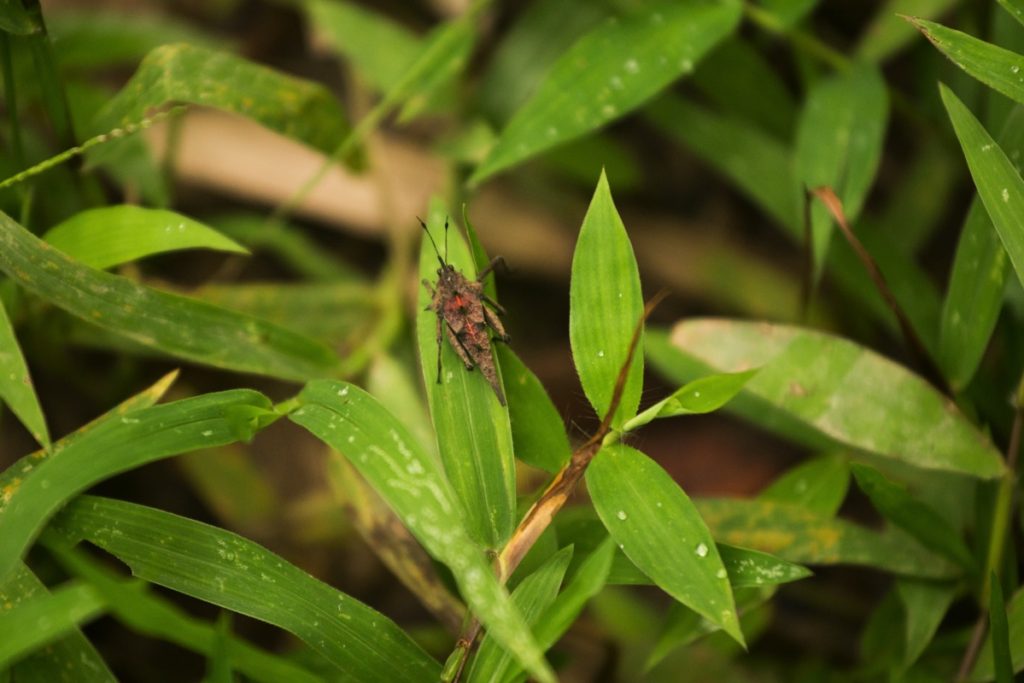
Camp Derian
After one night in Camp Tekelan, it’s another hour of navigation from Camp Tekelan further on the same tributary river. The place is very peaceful. We stayed there 2 nights.
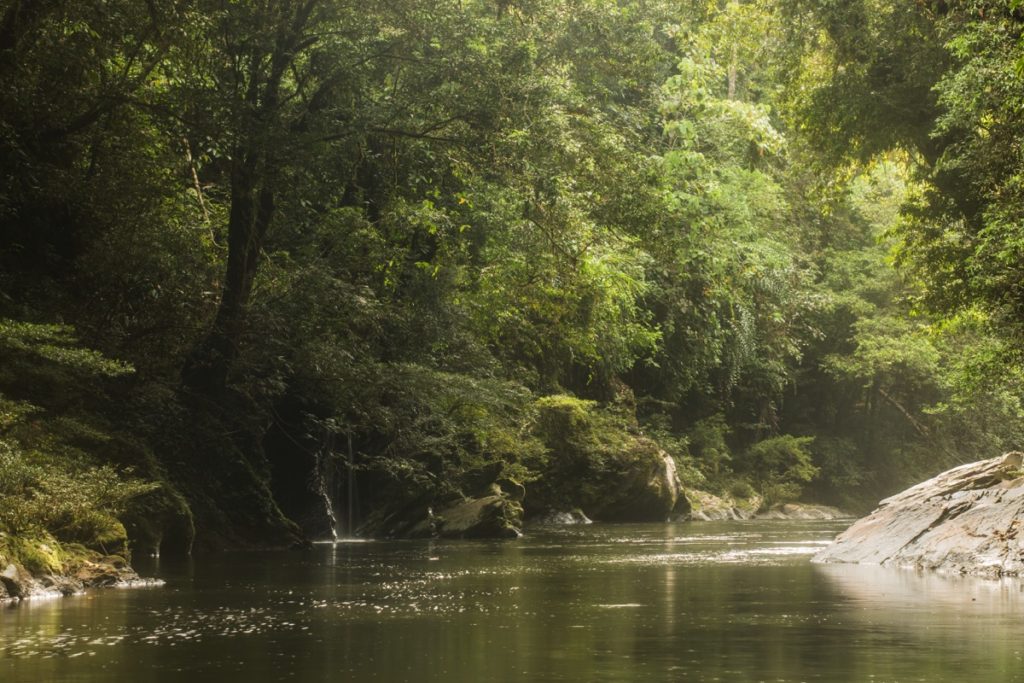
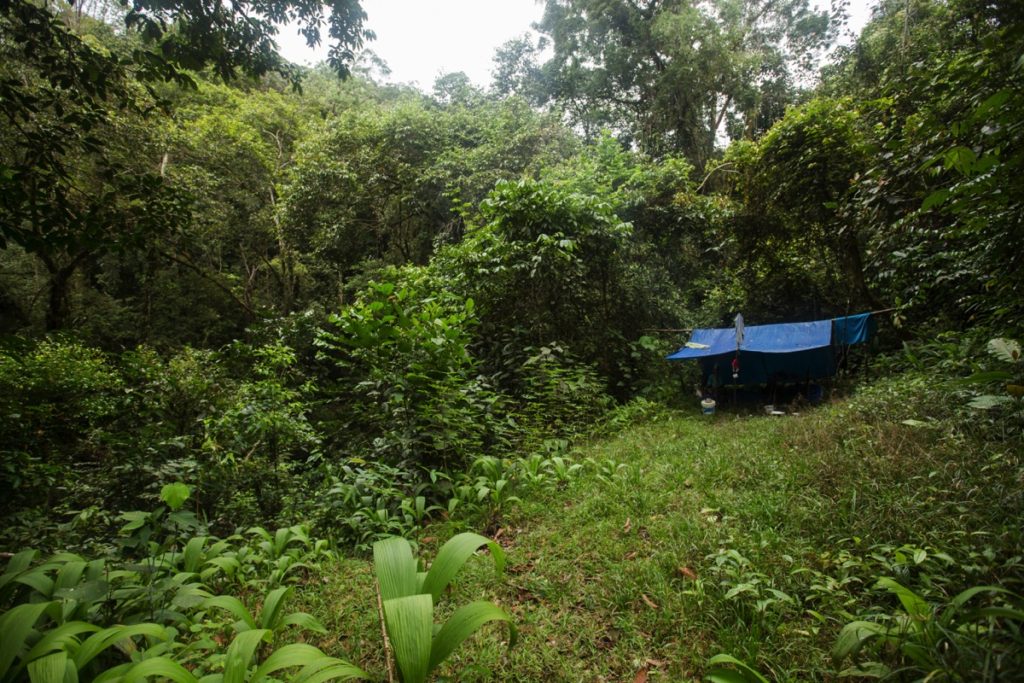
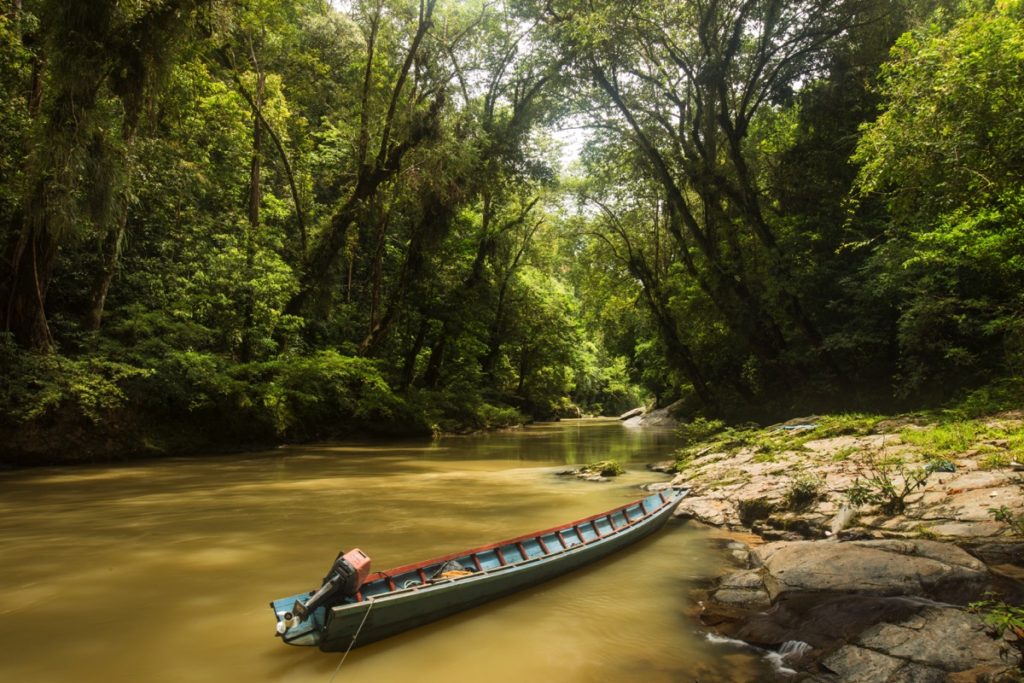
I learned it afterwards but from Camp Derian, you are not that far from Bukit Betung which should make a nice hike. My motorist told me that still a few years ago, local Dayak would cross to Malaysia through the forest.
The river by the camp is great to relax. I saw a couple of otters passing by.
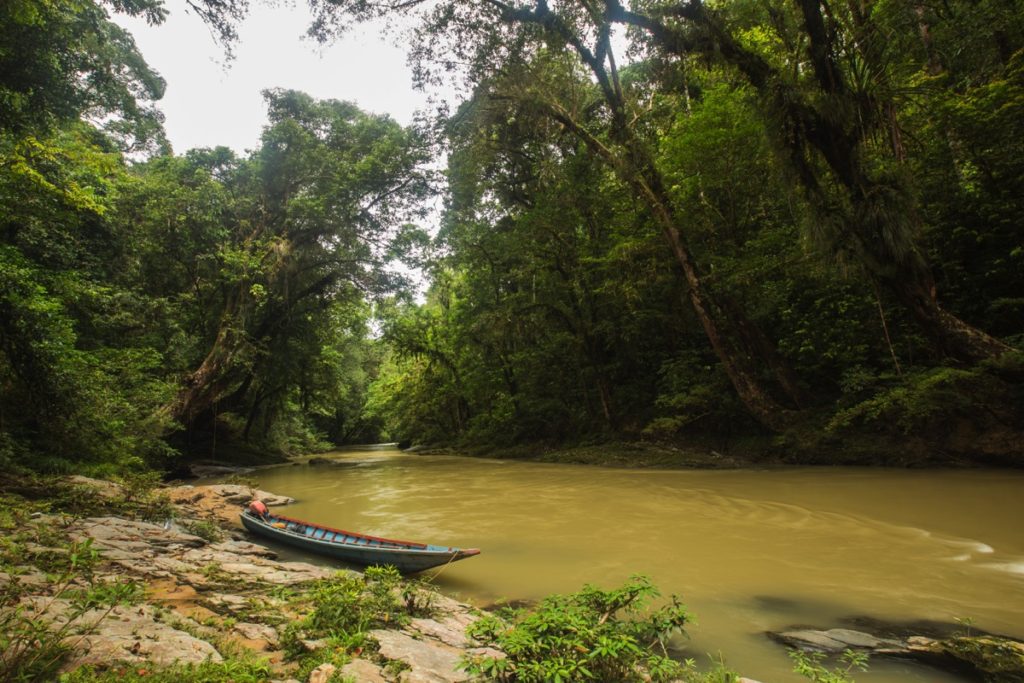
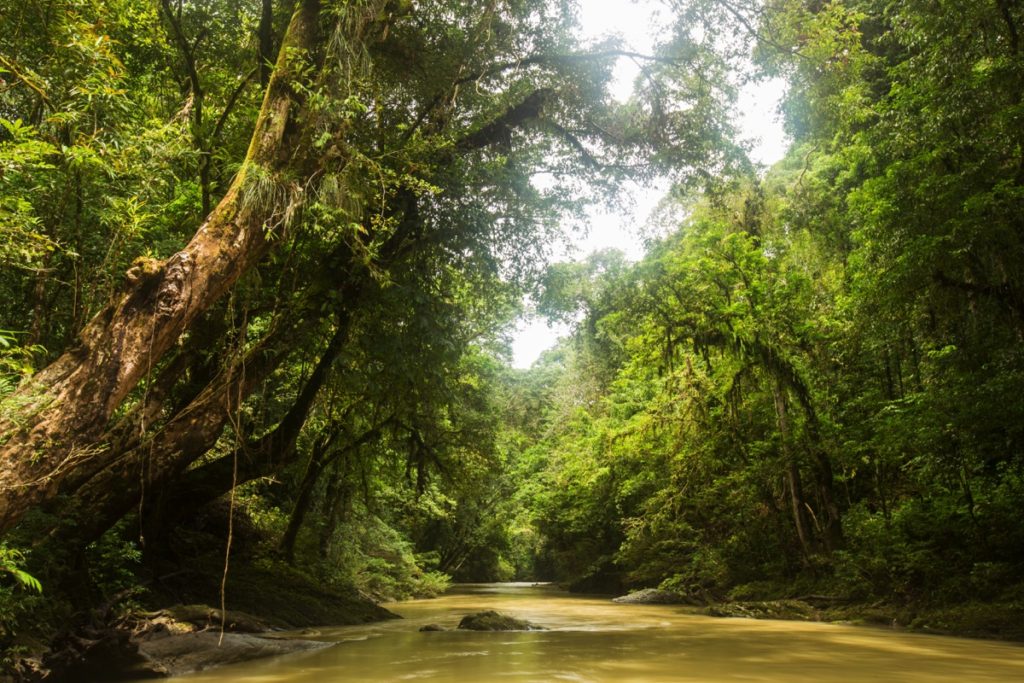
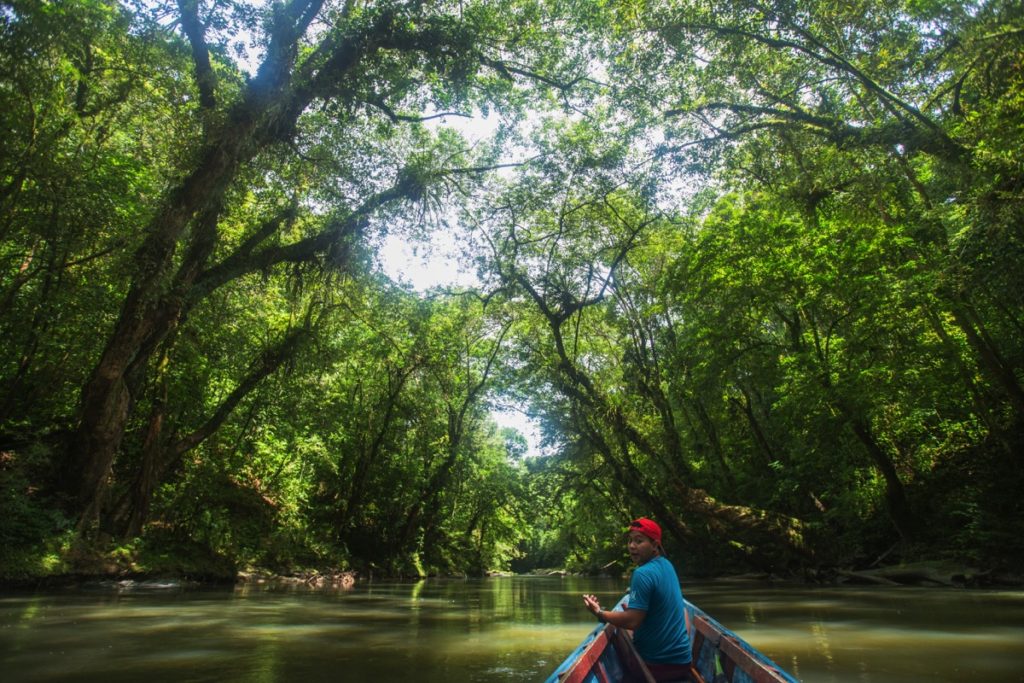
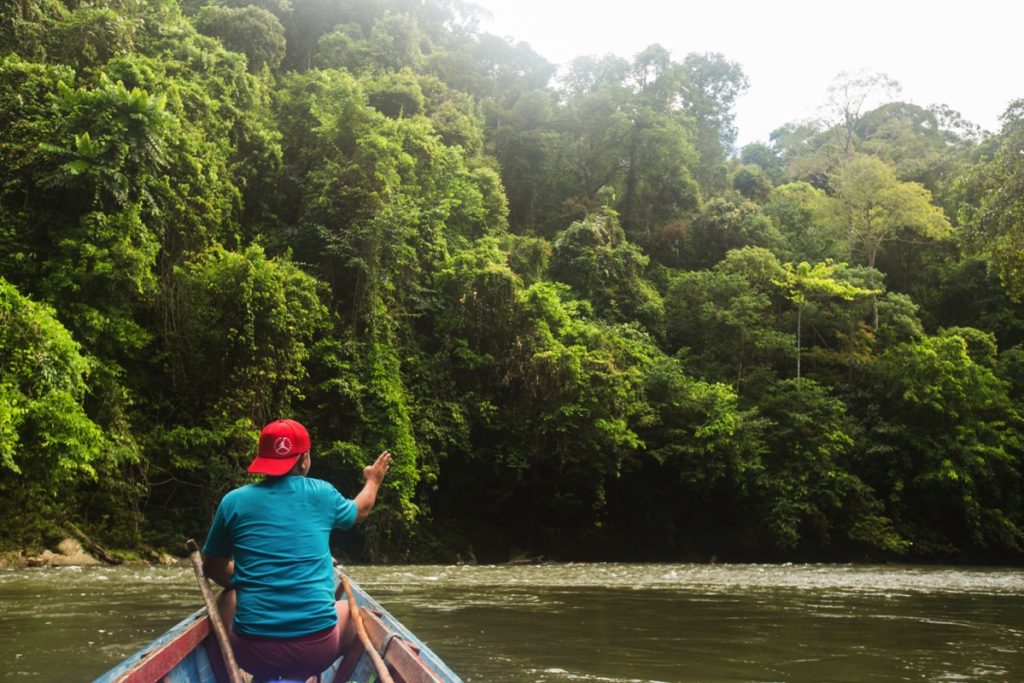
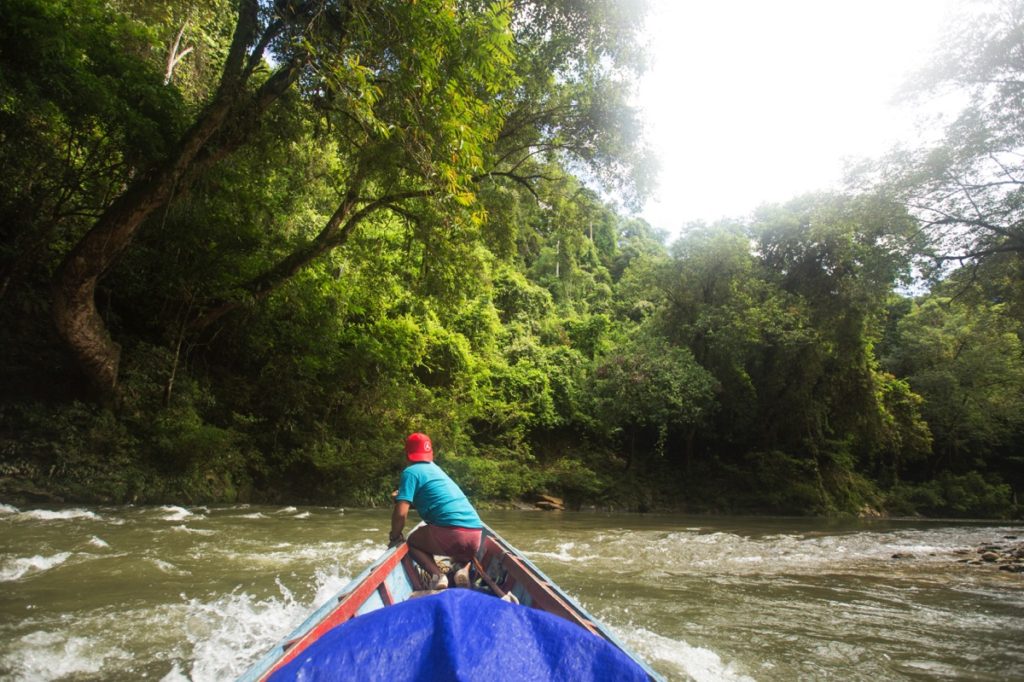
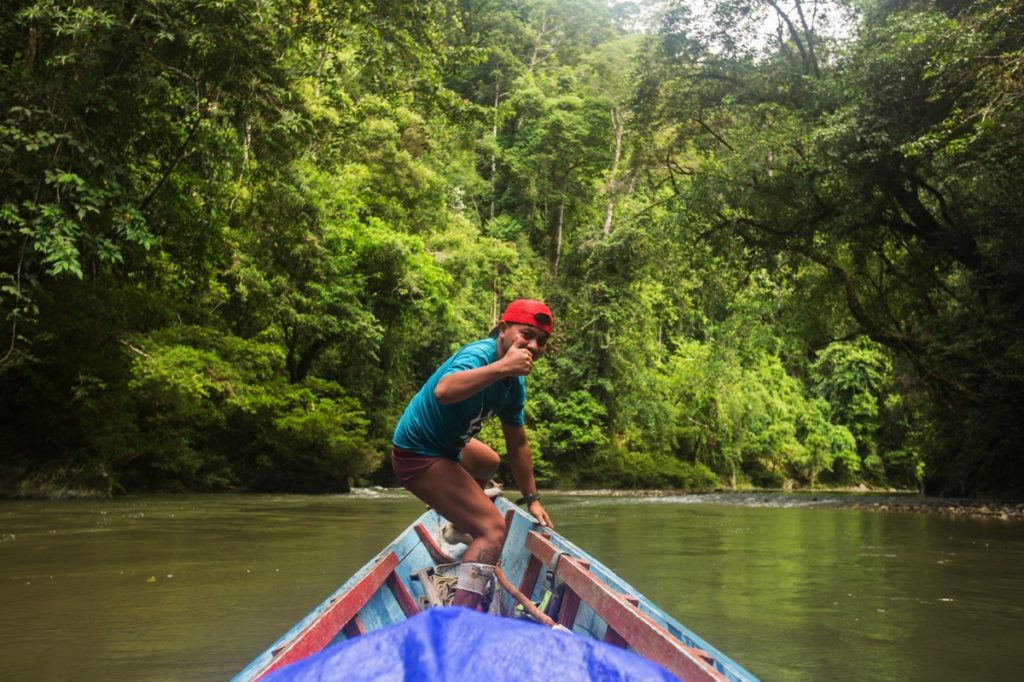
The forest is great around Camp Derian, nearby Dayak come here to hunt deers and hogs. There is an easy-to-follow trail going until the limit for longboats up the Tekelan river. From there, hunters keep walking but it is easy to get lost. Our juru batu took us to a cave about 1 hour walking from the camp.
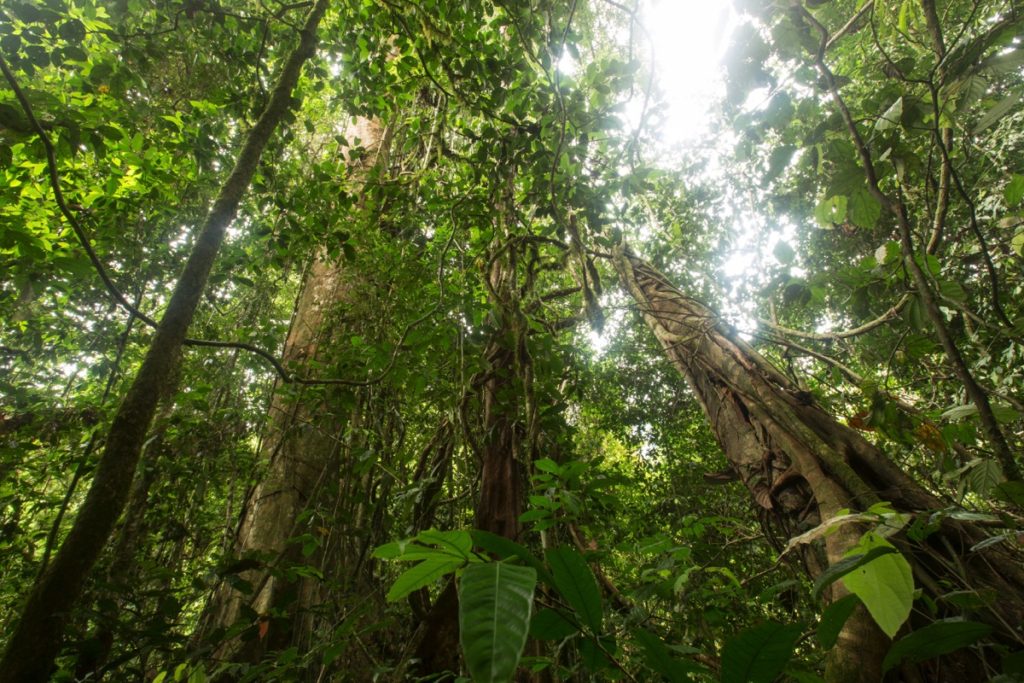
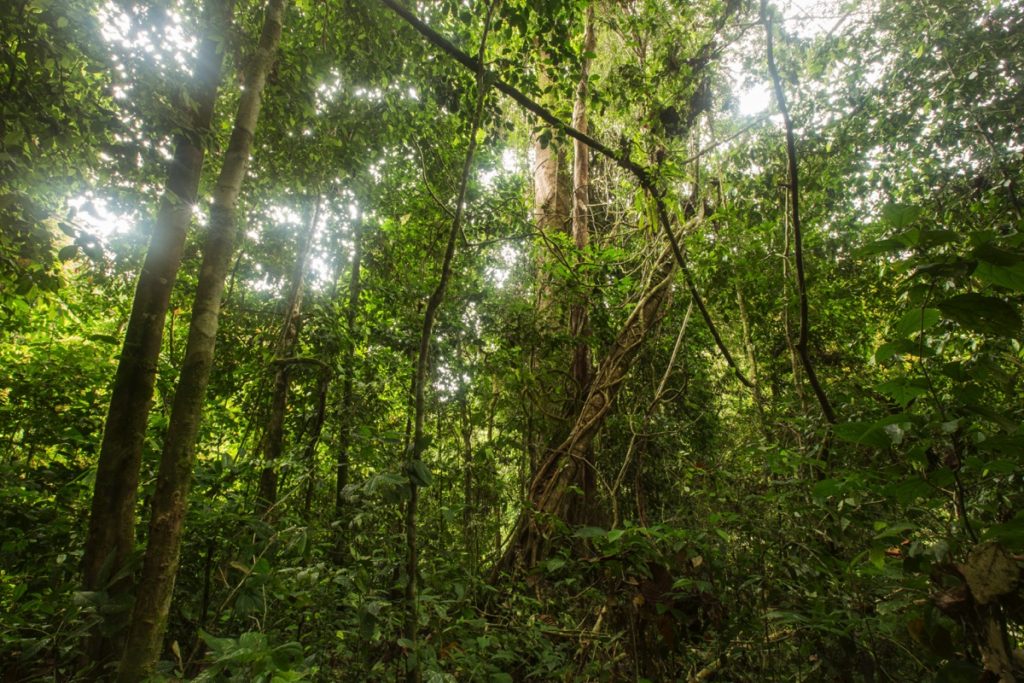
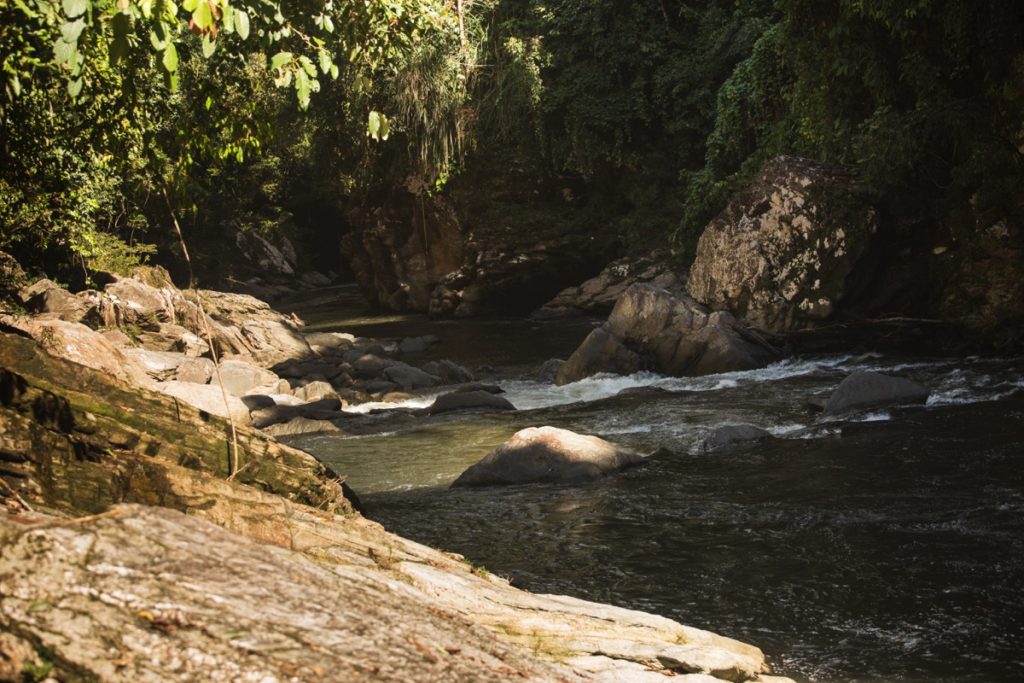
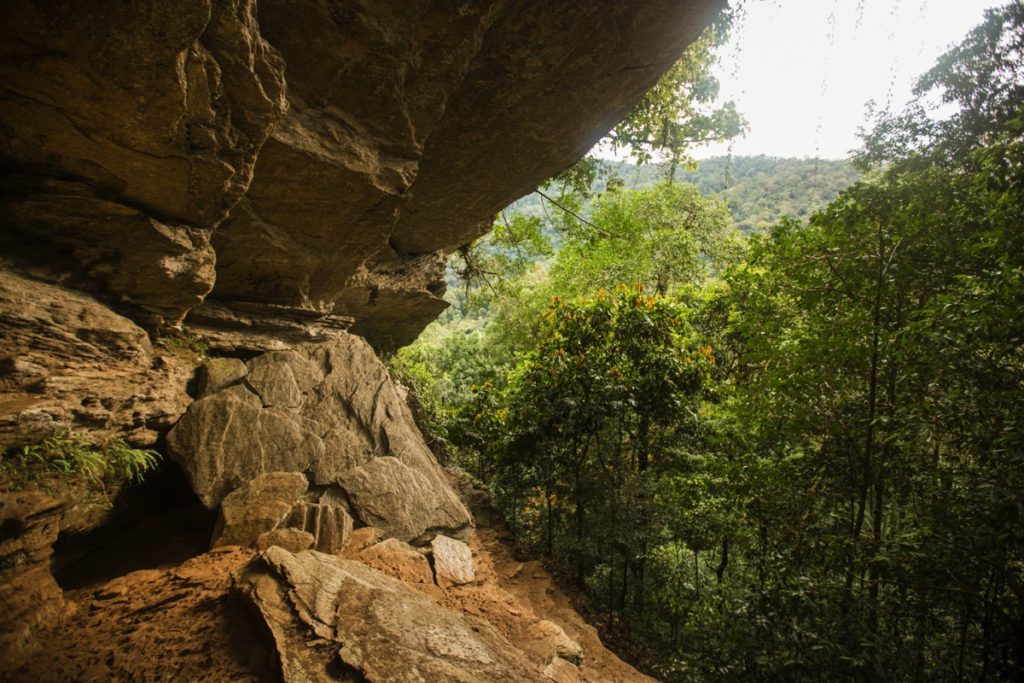
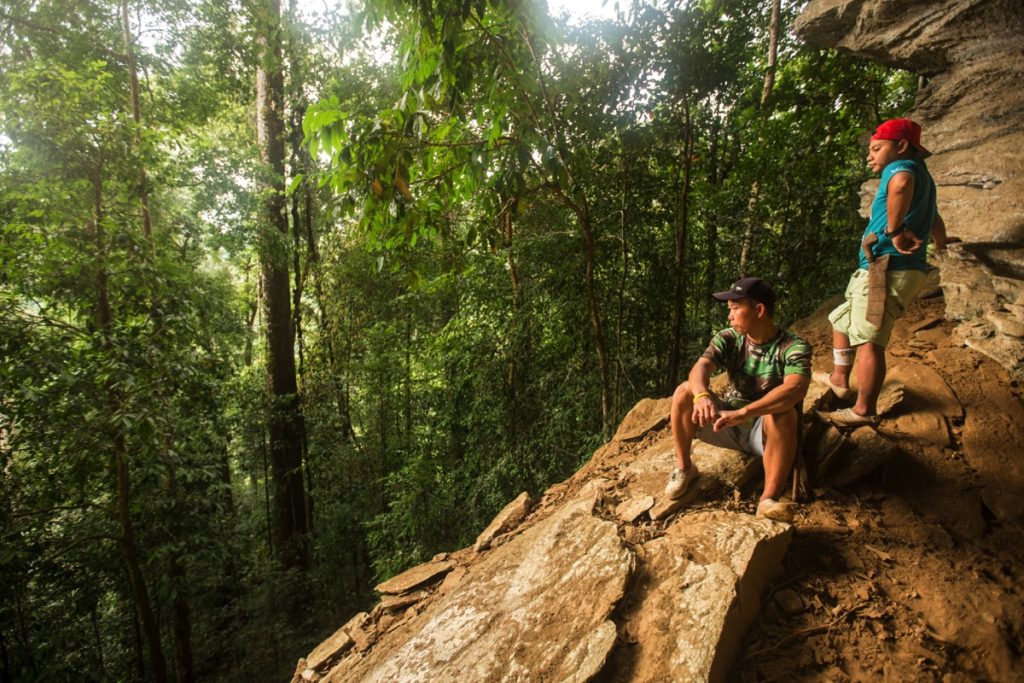
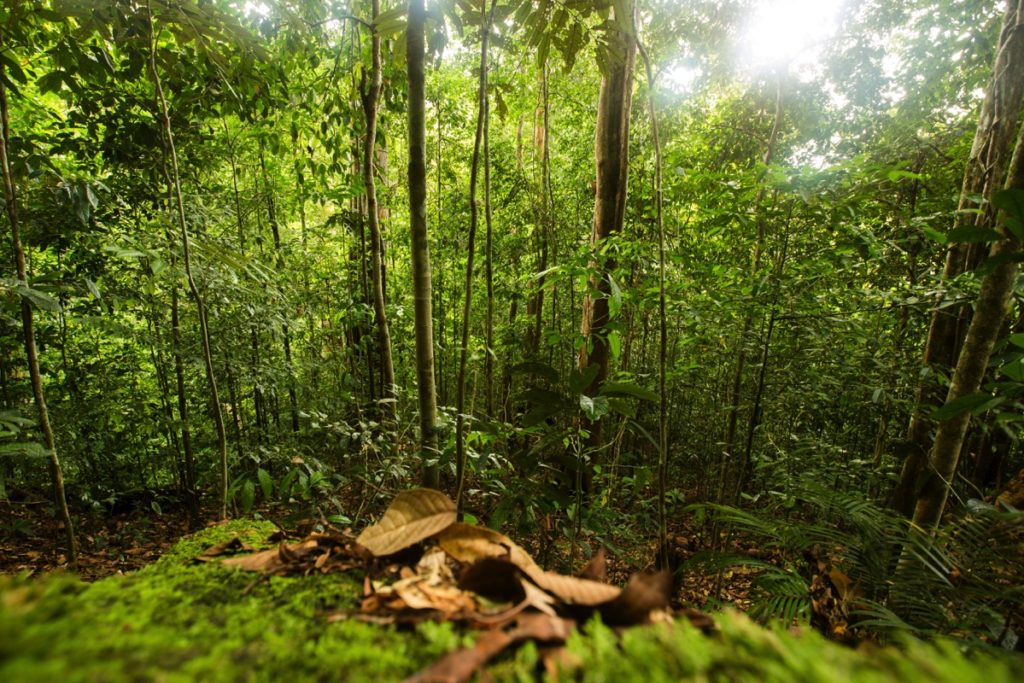
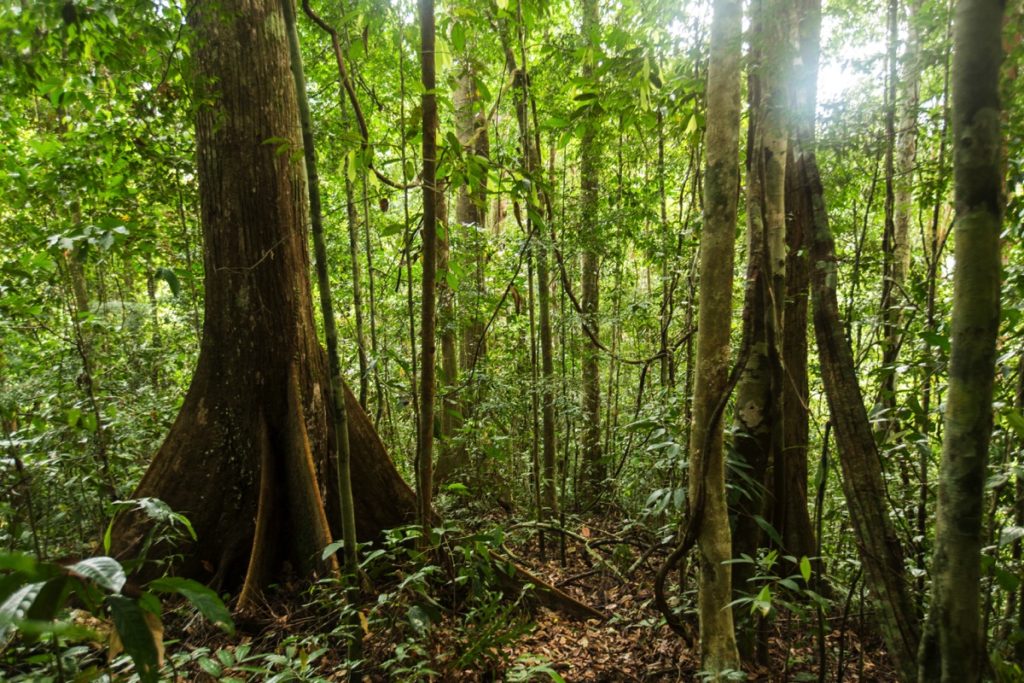
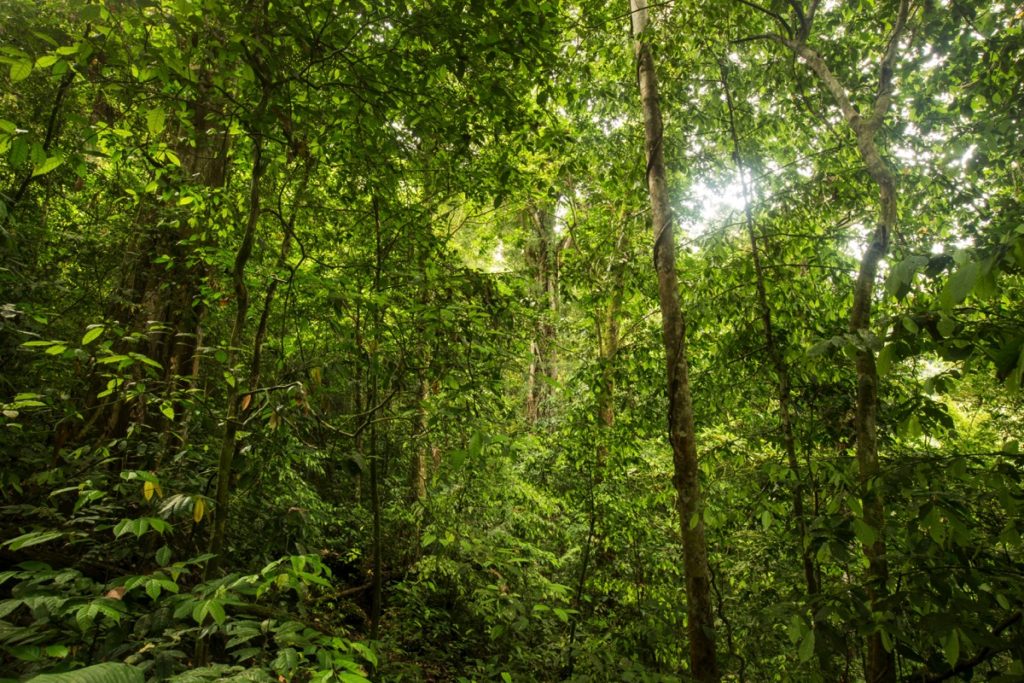
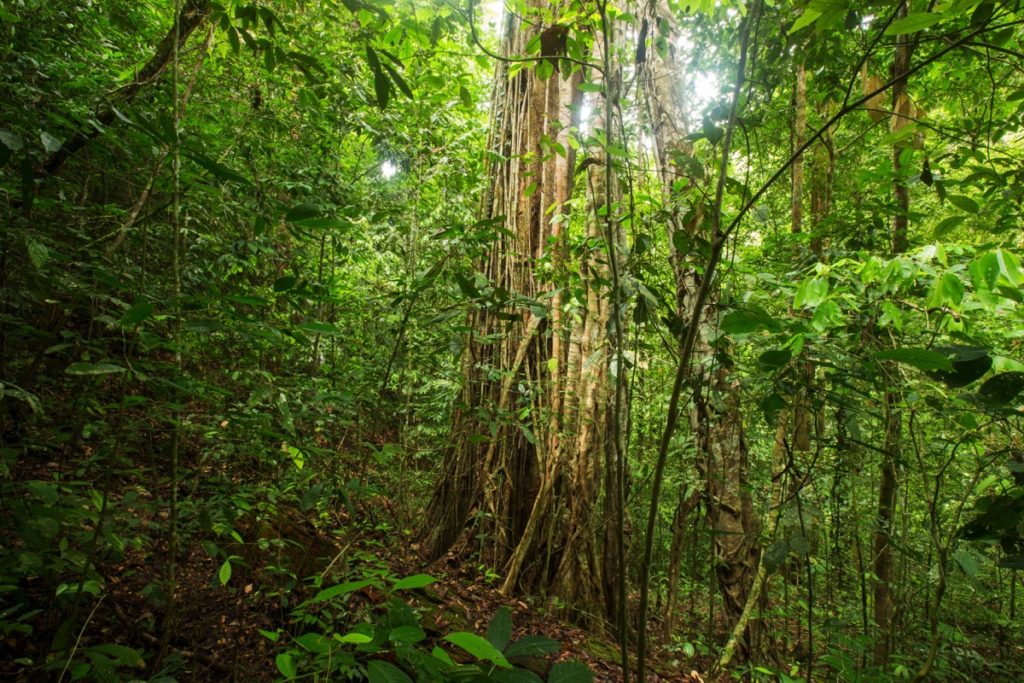
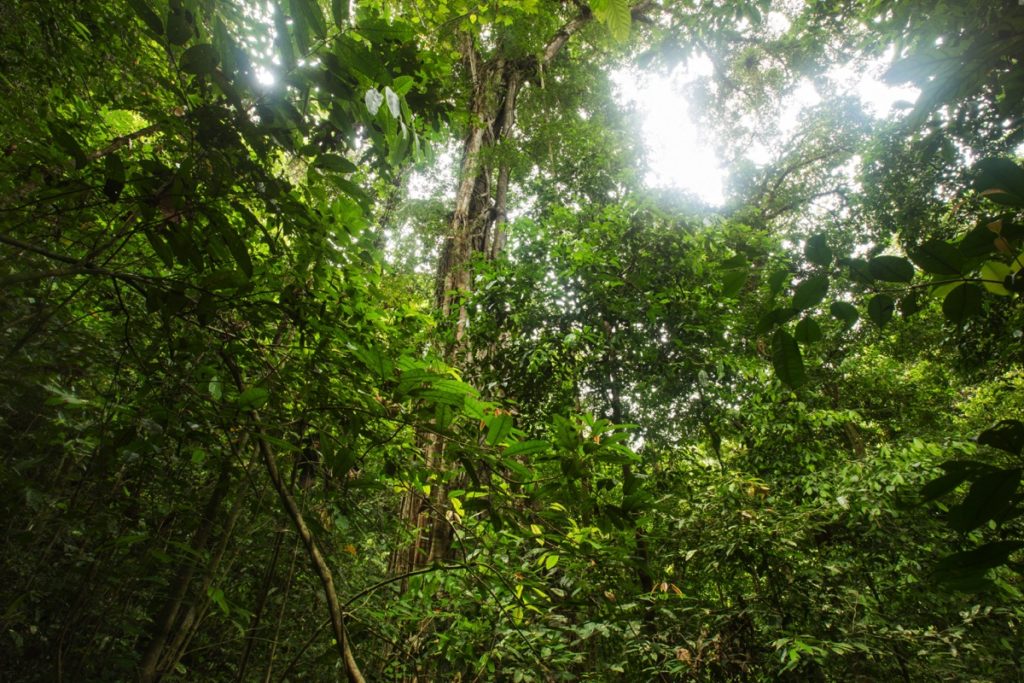
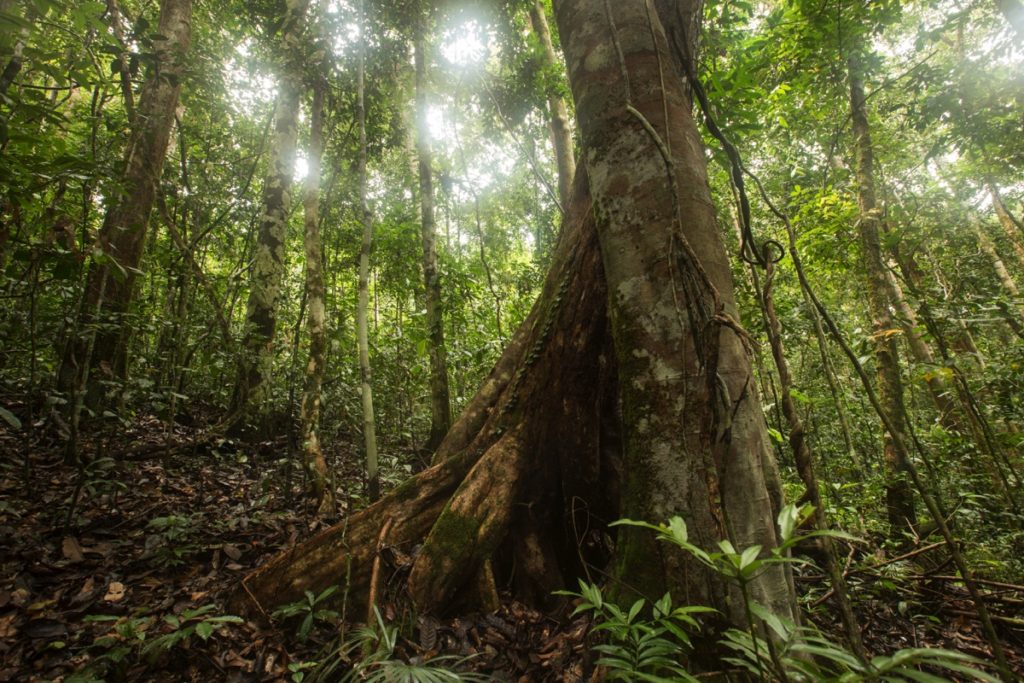
The moment of the longboat were greats, local Iban are expert at shooting rapids. This is a also a good moment to do some birdwatching, we saw a couple of nice eagles peeking at us.
On our way back we hit a rock and they had to repair the longboat on the spot. The hardest was to find some nails, we had to dismount all the planks serving as bench in the boat. That was fun.
Again wildlife is elusive in the park but there is still much to see :
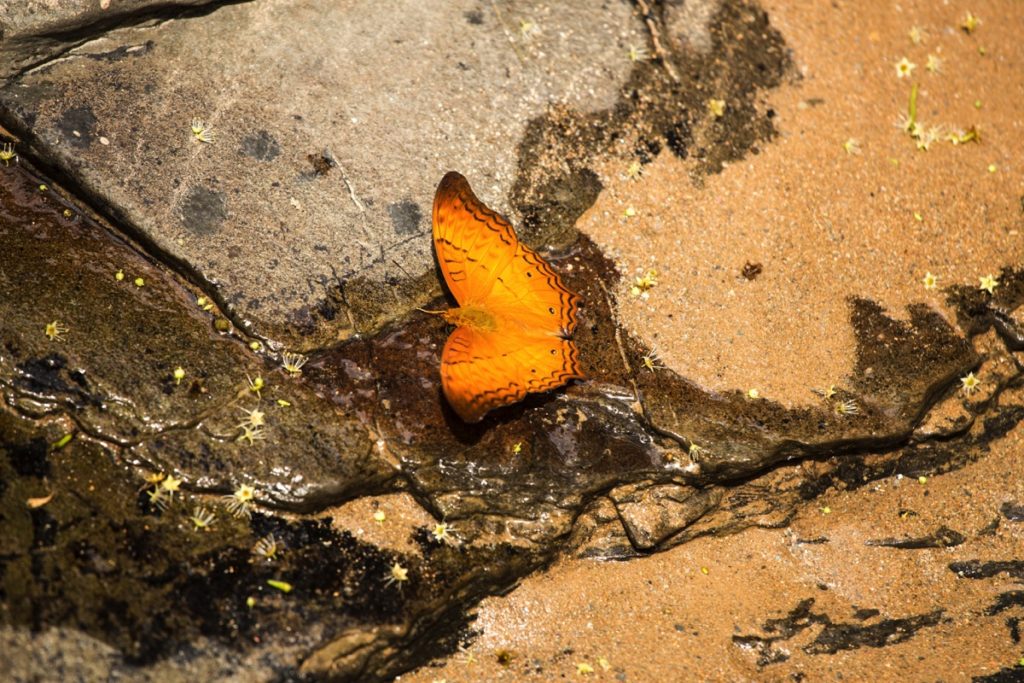
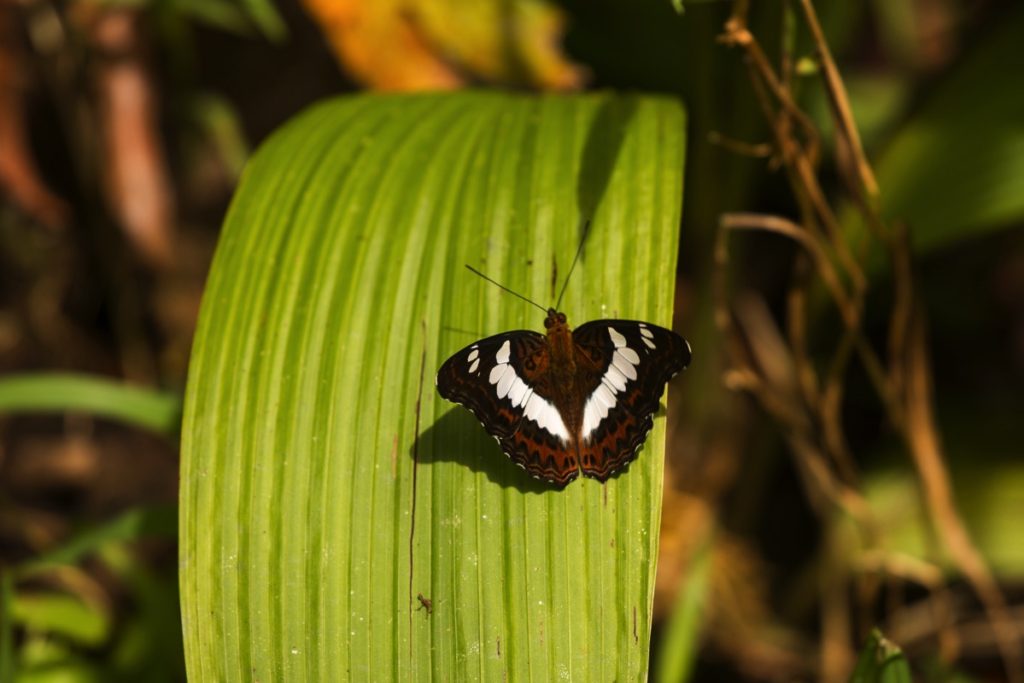
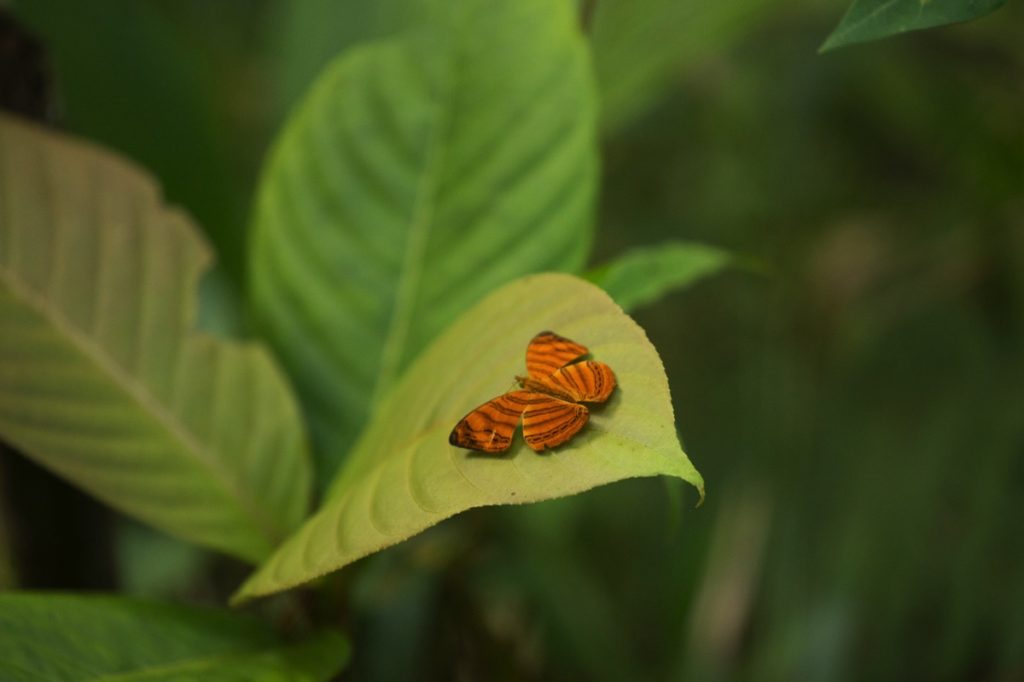
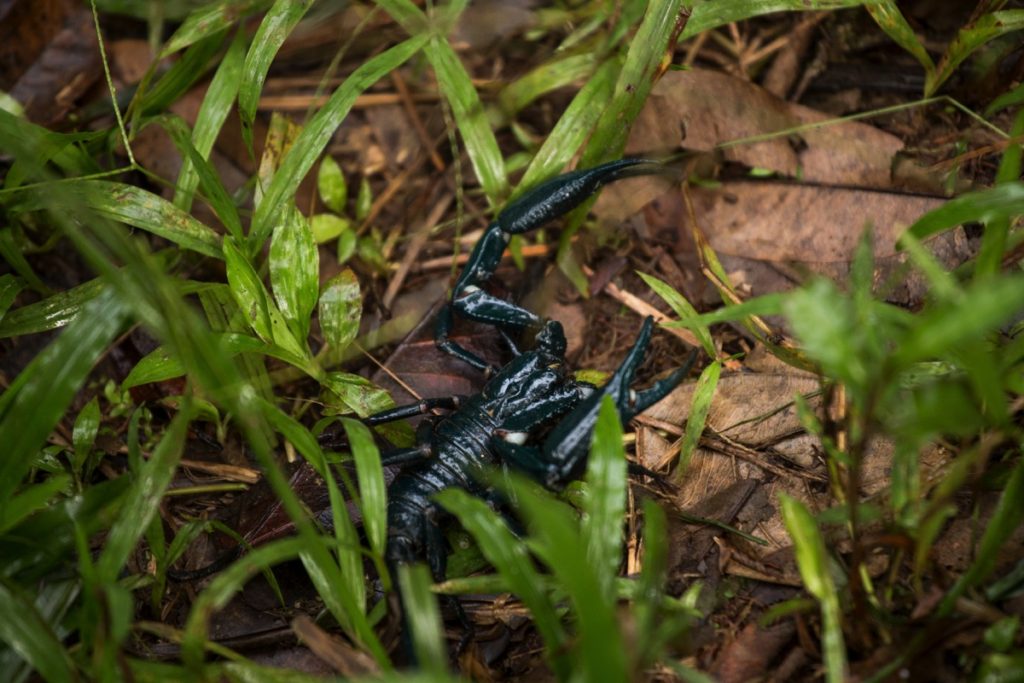
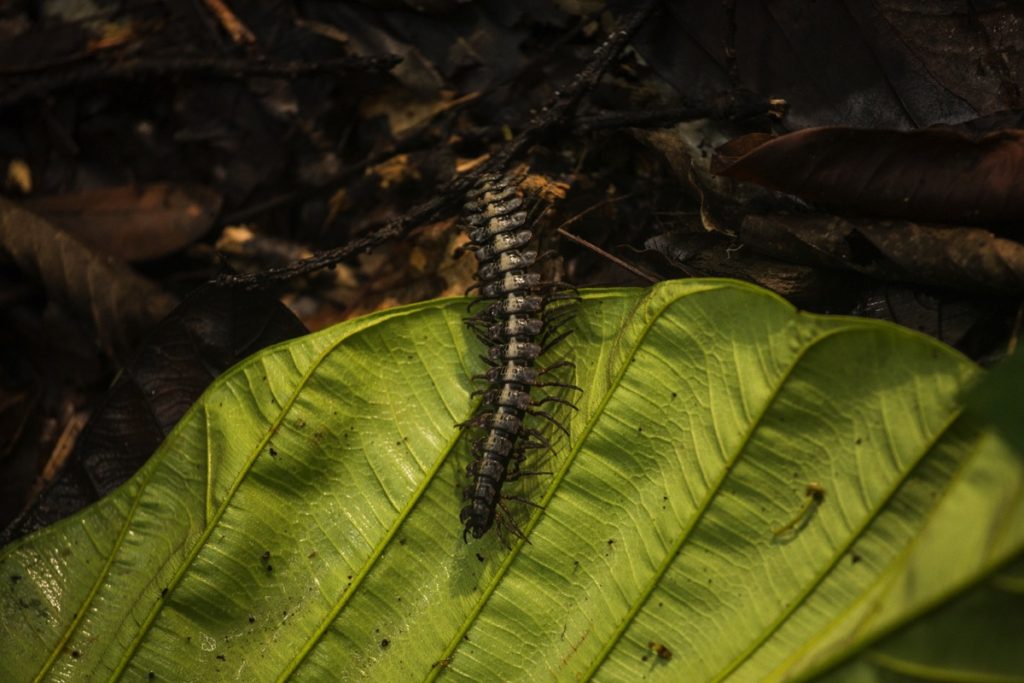
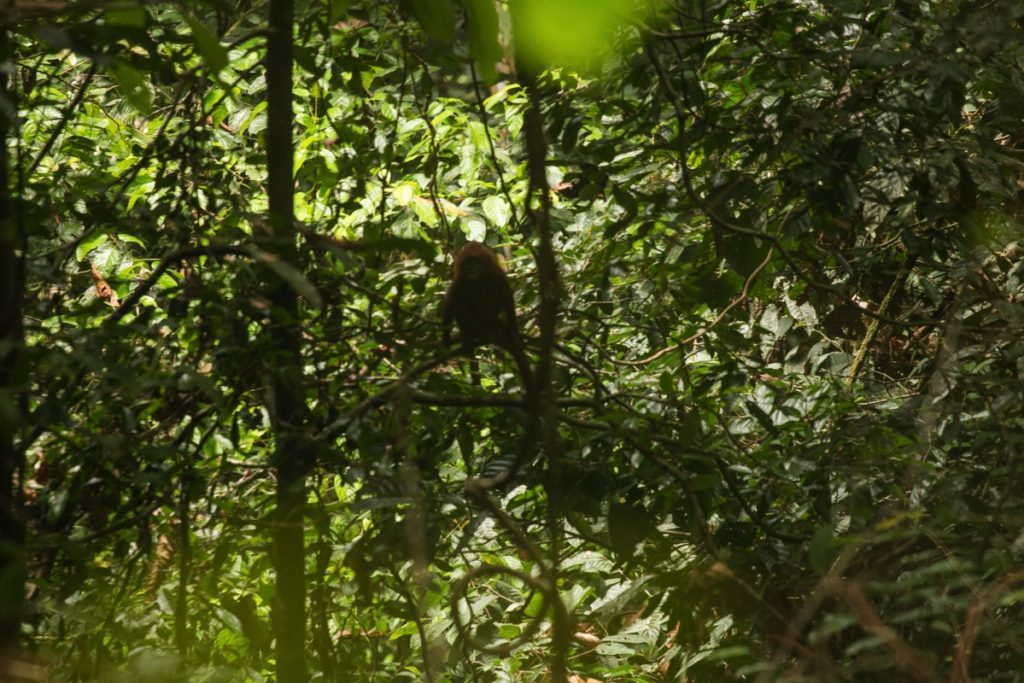
Cost wrap-up
For 4 days and 3 nights, starting from Sadap village and heading to Camp Derian.
- National Park entry ticket (foreigners) : 150’000 x 4 = 600’000Rp
- Boat rental : 250’000 x 4 = 1’000’000Rp
- Motorist salary : 100’000 x 3 which became 150’000Rp (read above)
- Juru batu salary : 100’000 x 4 = 400’000Rp
- Gasoline : 80L x 10’000Rp = 800’000Rp (we brought back more than 20L)
- Food for 3 people : 342’000Rp
Total : 3’292’000Rp.
Please note that my two fellows didn’t know any word of English. It wasn’t a problem on my side because I speak good Indonesian.
A English-speaking staff from the NP can join but you would have to add his salary of course. Otherwise the Iban told me they already took some non-Indonesian speaking guests with them which used a dictionary to communicate. You would miss their stories too and that’s a bit of a pity.
How to get to Matalo ?
If you are in Indonesia, you need to go first to Putussibau :
- You can fly to Putussibau from Pontianak with Wings Air
- You have daily buses from Pontianak to Putussibau (passing by Sintang on the way). This is a long trip (left Pontianak at noon, arrived at 4AM the next day, 200’000Rp), you may want to rest on the way for instance in Sintang.
From Putussibau, take any morning bus heading to Lanjak or Badau, Matalo is on the way (65’000Rp)
Otherwise you could come from Kuching in Malaysia, take the bus to Lubok Antu, cross the border to Badau and then you can board a DAMRI bus which coordinates with the bus from Kuching. The bus go to Putussibau, Matalo is on the way.
- You can start from Putussibau and take the bus heading to Lanjak or Badau. Matalo is on your way.
- You can fly to Putussibau from Pontianak
- You can take the bus from Pontianak or Sintang (from Pontianak you leave around noon and arrives around 4AM the next day).
- You can also take the bus from Kuching in Malaysia to Tebedu, enter Indonesia at Entikong and then take the bus to Putussibau. The DAMRI bus from Putussibau to Badau coordinates with the one going / arriving from Kuching. In Putussibau you can buy bus ticket to Kuching for 100RM (DAMRI until Badau, then a Malaysian bus picks you up in Tebedu).
Nice account and nice photos.
Hi! My friend and I are headed to Borneo and inspired by your trip. We are looking to trek into the national park, do you have any contacts for your guides?
Hi Kayla, not really. All visits to the National Park in Kalimantan I did were organized on the spot with the staff of the NP and the villagers.
Halo Elliot! Terima kasih banyak buat laporan ini yang sangat baik dan sangat lengkap. Laporan kamu akan membantu ku. Pada bulan depan saya juga mau ikut perjalanan kamu dengan cara yang sama. Dan ku rasa, karena saya sudah seringkali pernah keliling kepulauan Indonesia sana dan bisa berbicara sama mengerti bahasa Indonesia dengan lancar, tidak akan jadi masalah untuk perjalanan nanti. Sekali lagi. Vielen lieben Dank!
Dengan hormat
Peter Schaadt
(orang bule dari negara Jerman)
Sama2 pak Peter.
Habis pulang dari taman nasional, jangan lupa komen lagi dengan info terbaru dari lapangan.
Also ich muss meinen Kommentar richtig stellen. Diesen habe ich in der indonesischen Sprache geschrieben. Die Übersetzung war vollkommen falsch. Und das hat mich schon sehr überrascht. Wie ist das nur möglich?? Vor dem Nationalismus habe ich überhaupt keine Angst. Immerhin war ich bereits mehr als 40 mal in Indonesien herum gereist. Und ich kann nur hoffen, dass dieses Mal die Übersetzung von meiner deutschen Sprache okay ist.
Besten Dank!